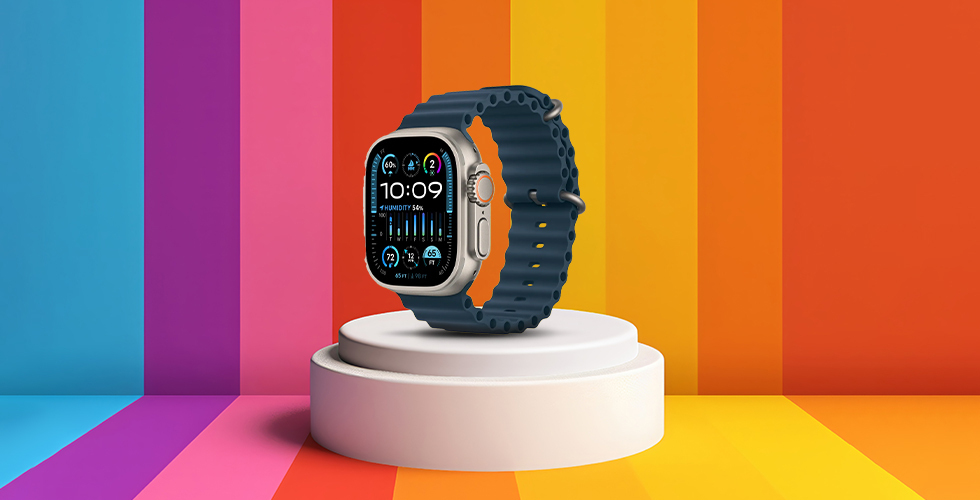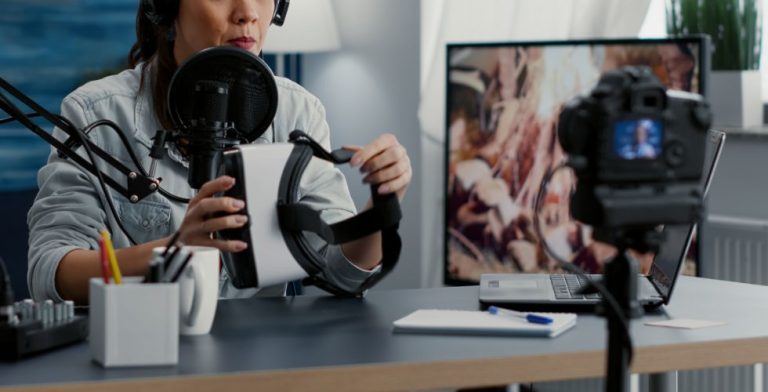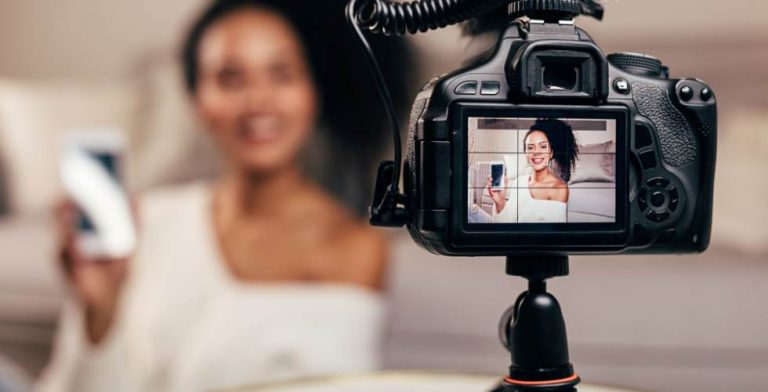Picking the right background color for your product photos is so important. It can totally change how people see your product and make it pop. A good background color for product photography makes your product stand out. A bad one makes it fade away or look weird.
The color you choose sets the mood. It needs to match your product’s own color scheme. You don’t want your product to clash or blend into the background colors for products.
Different backdrop colors make people feel different ways too. Red is exciting, blue is calming, a white background color is clean. Think about the vibe you want. Your brand identity should come through in the color scheme too.
It’s not as simple as just using any old best colors for photo backdrops. There’s psychology and strategy to selecting the best background color for product photography. This guide will walk you through how to pick background colors that make your product shine. We’ll look at factors to keep in mind so you can nail it.
Tips For Choosing Background Color for Product Photography
When it comes to selecting backdrop colors and styles for product photos, there are a few key factors to keep in mind. By considering elements like the product’s color scheme, psychology of color, brand identity, and medium of use, you can choose backgrounds that make your product pop.
Consider the product’s own color scheme
When picking a background color, you gotta start by looking at the colors of the product itself. What are the main or dominant background colors for the product? Making sure your backdrop color complements the product’s own color scheme is huge.
You want them to mesh in a good way. Choose a best backdrop color that makes your product pop instead of clashing or blending into the background. A white product background can work great if your product uses white as well.
Just don’t go matching a red product with a green background color for photo unless you want a Christmas vibe. Point is, keep your product’s existing color palette in mind when selecting backdrop colors. You want that product to stand out!
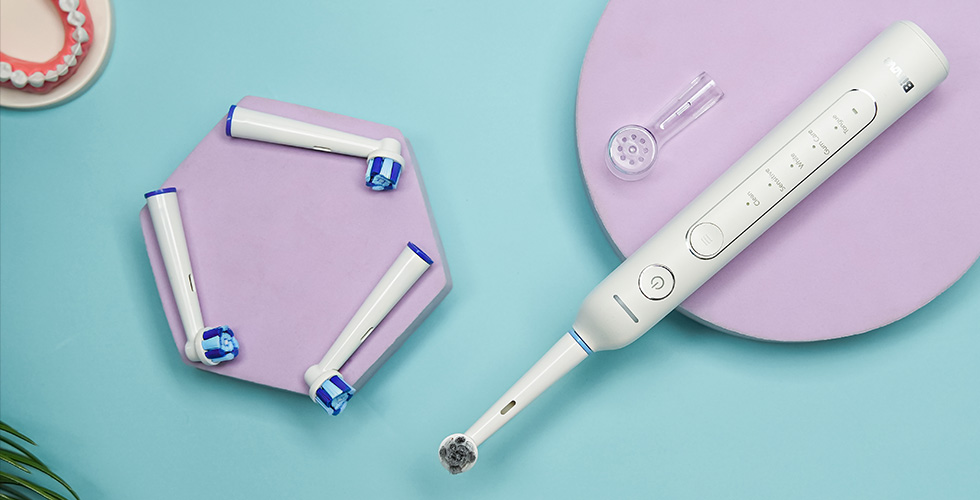
Know the psychology of color
Different background colors for products make people feel different ways. Using color psychology when picking backdrops is clutch. Red backgrounds grab attention and feel exciting. Blue makes people feel relaxed and chill. Green gives an earthy, natural vibe. Black backgrounds feel sleek and sophisticated. And white background colors feel clean and pure.
You gotta think about the emotions you wanna evoke with your product photos. A background color for product photography should match the desired mood. If your product is laid-back, a chaotic red backdrop won’t work. Or if it’s super technical, a zen blue may not be best.
Know which colors trigger which feelings, and choose a backdrop that fits the product personality. Get creative with psyching people out!
Get Professional Photo and Video Production Services
Remember your brand identity
Don’t forget about your brand identity when selecting your best backdrop color for products. Your backdrop choices need to match with your brand’s look and style. If your branding all bright and colorful, then muted backdrops won’t make sense. If it more elegant and sophisticated, a chaotic background will seem off.
Your backdrop colors should be on point with your logo, website, product packaging, etc. Everything should feel cohesive. For example, if your brand uses a lot of white background colors, then white or light gray backdrops are a solid choice to reinforce your identity.
Keep those brand vibes consistent by picking backdrop colors that align with your overall image and message. It’ll boost recognition.
Factor in use and medium
The way you plan to use your product photos can impact your best background color picks. Are these pics for your website, packaging, ads, Instagram? The medium matters.
A background with lots of colors and details may look awesome on a big billboard. But it might be too noisy and distracting on a smaller product label. A solid colored white product background can work great for showcasing fine details online. But in print, it may cause issues with shadows and glare. Also think about placements – how text and logos will show up on colored vs white backgrounds. The point is, before choosing backdrop colors and styles, factor in where people will see the photos.

Use color contrast wisely
Color contrast between a product and background is clutch. You want your product to stand out, not fade into the backdrop color or blend in too much.
Having too little contrast makes details hard to see. But going overboard with contrast can strain eyes and look unnatural. Find a middle ground with enough difference between your product colors and the background color to make it pop while still feeling cohesive. Don’t forget to look at contrast for any text, logos, or details you’ll overlay too. Having the right amount of contrast makes a huge difference in drawing attention to the product star.
Consider gradients and patterns
Don’t limit yourself to just solid backdrop colors. Using gradients and patterns in your background can also be super effective.
Subtle gradients between two complimentary background colors for product photography can add depth and dimension. Fading from a darker shade to a lighter one can help ground the product. Radial gradients with various hues fading out from the center can add fun energy.
Patterns like geometric shapes or muted textures can also spice up a white product background without being distracting. Go for patterns with some movement and flair, but not super noisy and chaotic.
The key is using gradients and patterns to complement the product – not compete with it. Add visual interest to backgrounds without overpowering your product. When done right, they make for dynamic backdrop colors that boost your product’s appeal.
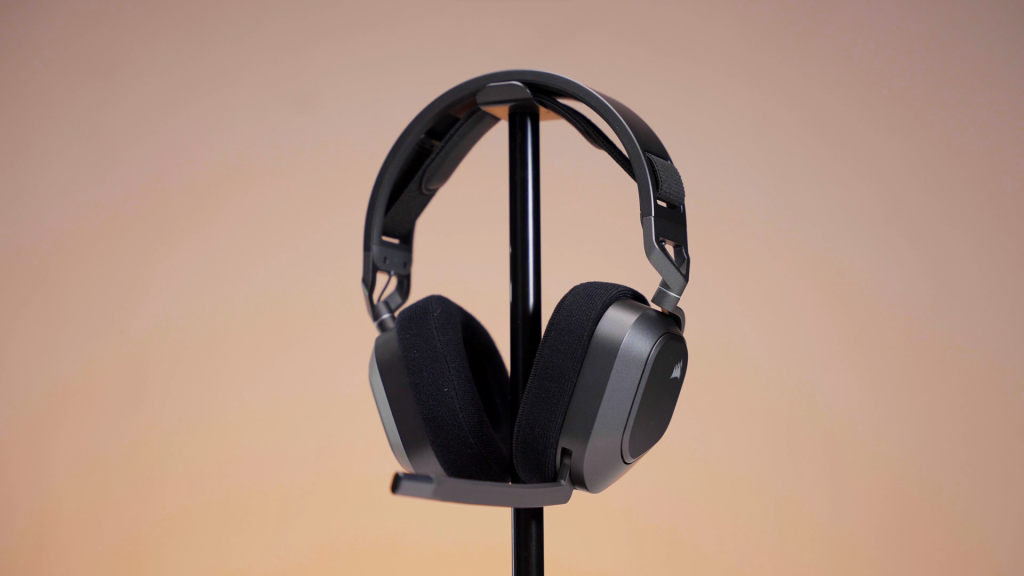
Check for color shifts
When editing your product photos, be sure to check for any color shifting or changes compared to real life.
Color shifts can happen during shooting or editing that alter the hue and tone of your product and the background colors . They can make your white product background look off-white or your red product look orange.
This happens because cameras and devices render color differently. Your eyes perceive natural color, but devices may introduce biases. The lighting conditions when shooting can also impact the hues.
Look out for even subtle shifts from real life and adjust the backdrop color and product color during editing to compensate. You want the product and background colors to look natural and accurate, with the right contrast and vibes.
Leave no room for off-putting color distortions. Your editing oversight ensures photographic color excellence.
Wrapping Up
When all is said and done, don’t be afraid to experiment with different background colors and styles for your product photos. Finding the perfect backdrop can take some trial and error. And what works for one product might not work for another. Mix things up and see what happens!
Trying out different solid colors, gradients, and patterns can reveal cool effects. Stepping outside your comfort zone with bolder backgrounds may surprise you. The more you explore, the more you learn about what makes your particular products shine.
So get creative and play around with all the backdrop options at your disposal. Dabble with colors and styles you may not normally consider. Use props if helpful. You can always tweak and adjust later. Experimenting lets you discover backgrounds that make your product irresistible. A killer backdrop takes your product shots to the next level!
NEW PRODUCT RELEASE SOON?
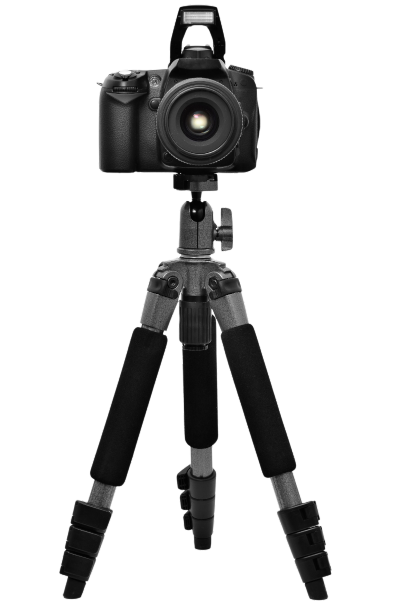
Add Your Heading Text Here



